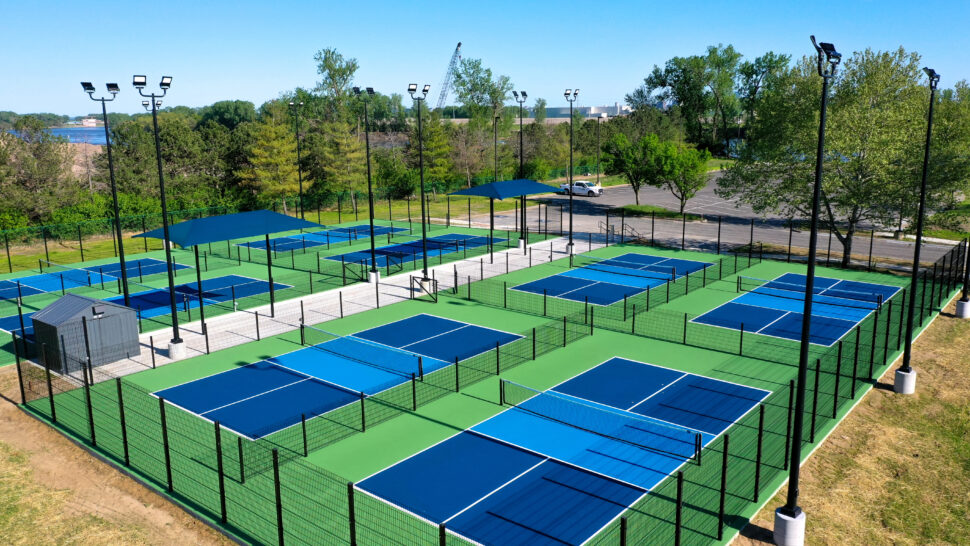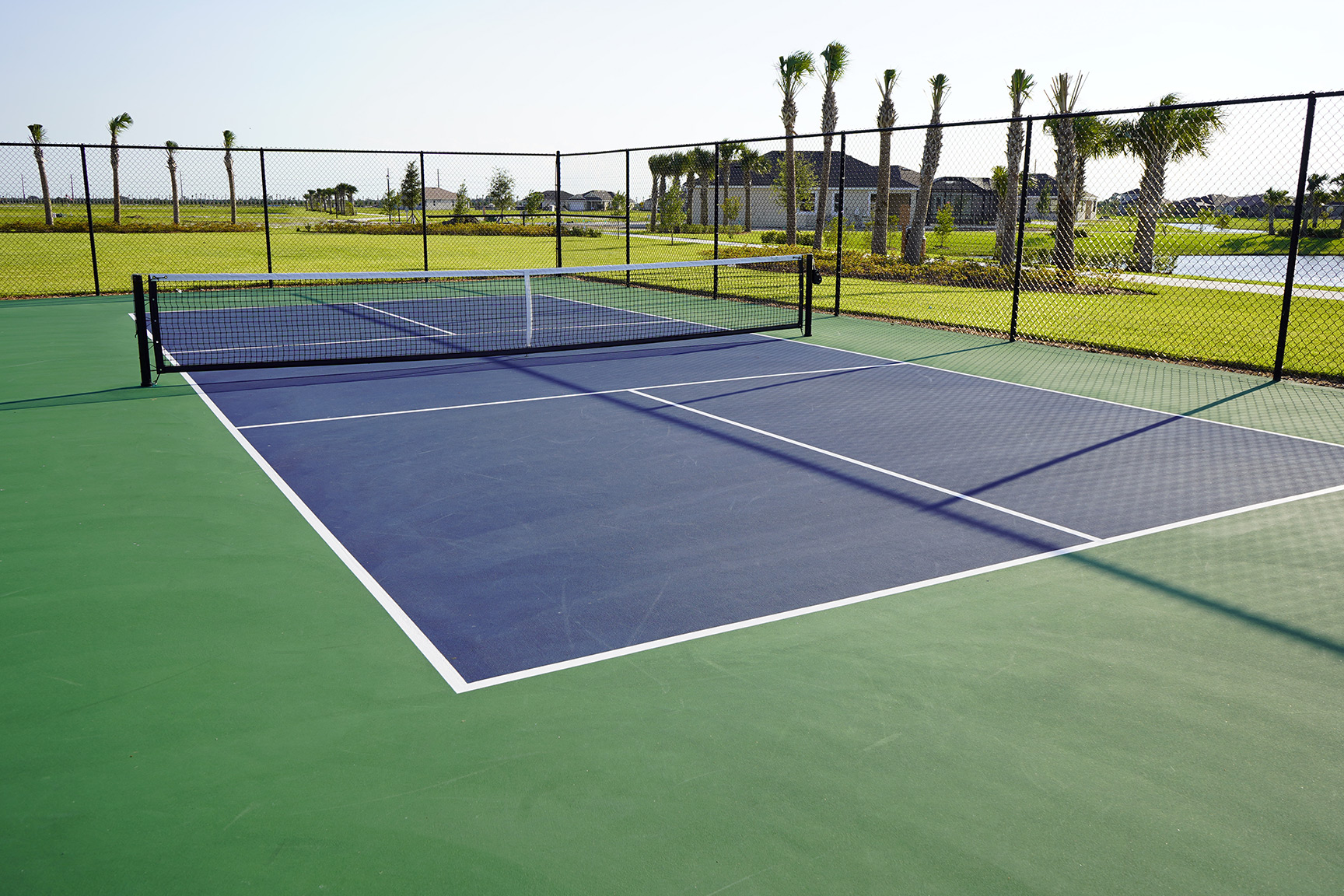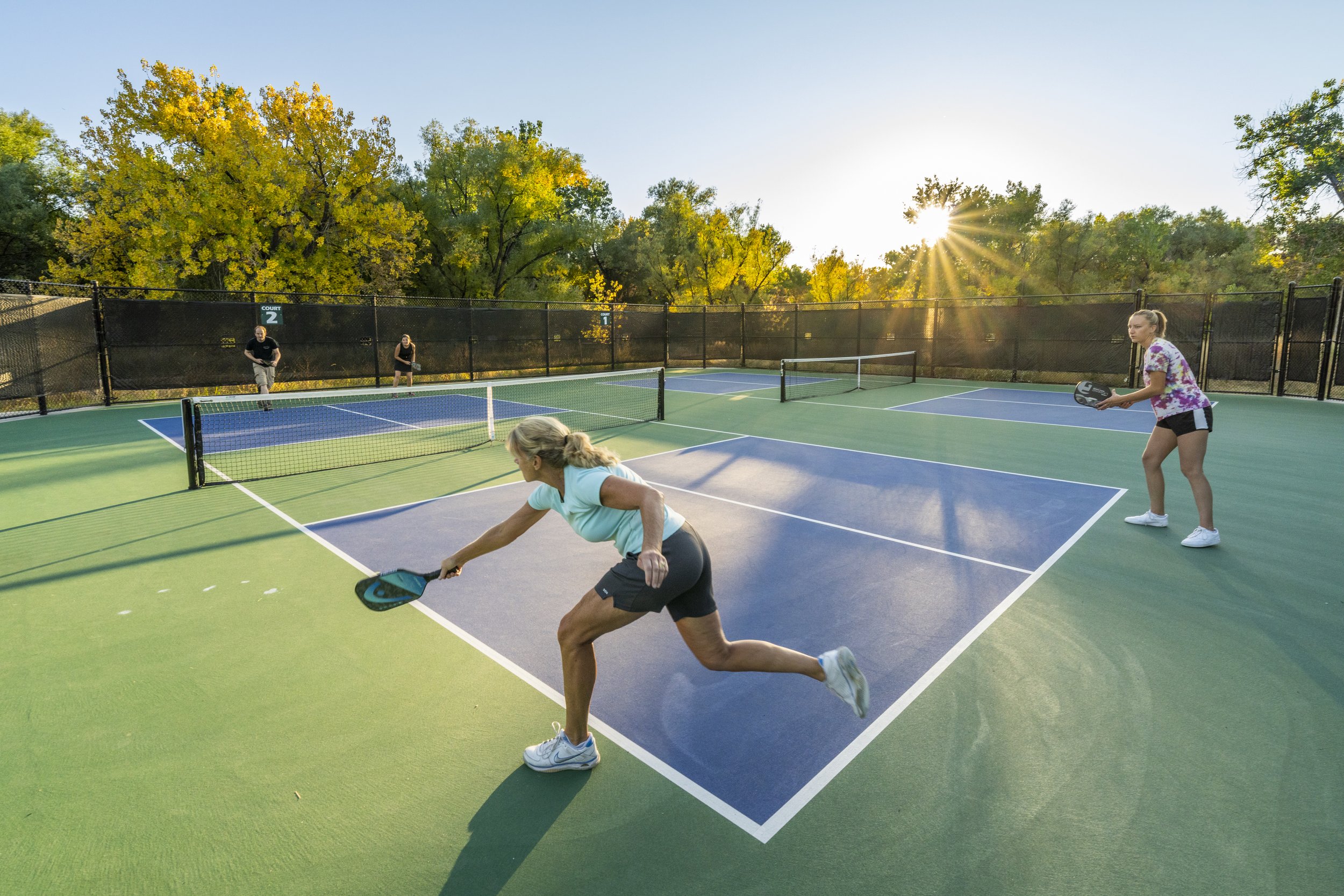Common Mistakes to Avoid in Your Pickleball Court Construction Process
Common Mistakes to Avoid in Your Pickleball Court Construction Process
Blog Article
Navigating Rules for Pickleball Court Construction in Your Location
Constructing a pickleball court in your area requires a nuanced understanding of numerous local laws, including zoning laws, structure licenses, and safety requirements. Involving with neighborhood authorities and the neighborhood is vital for making certain compliance and fostering support.
Recognizing Neighborhood Zoning Legislations
When considering the construction of a pickleball court, comprehending local zoning regulations is crucial to making certain conformity and avoiding potential legal problems. Zoning guidelines determine how land can be used and frequently include requirements related to recreational centers. These legislations can differ considerably by district, impacting elements such as court placement, size, lighting, and sound degrees.
Before launching building, it is necessary to get in touch with the neighborhood zoning board or preparation division to determine the specific laws that put on your property. Certain areas may restrict leisure tasks, while others might need specific authorizations or adherence to certain standards. It is likewise vital to think about problems, which establish exactly how far frameworks should be from residential property lines or other buildings.
In addition, private growths, such as homeowner organizations (HOAs), might impose their very own regulations pertaining to the construction and use of pickleball courts. Understanding these guidelines can stop expensive modifications or litigation down the line. Involving with neighborhood stakeholders and community participants can offer important insights and foster support for your project, making sure that it aligns with the area's needs and expectations.
Getting Necessary Building Allows
Just how does one navigate the intricacies of getting essential structure licenses for a pickleball court? Normally, you will certainly need to submit a comprehensive site plan that outlines the suggested court measurements, products, and format.

Once licenses are gotten, it is essential to abide by any kind of inspection routines and needs throughout the construction phase. Maintaining interaction with neighborhood authorities will assist in a smoother authorization procedure and help stay clear of possible troubles. By thoroughly preparing and recognizing the permitting landscape, you can successfully browse the intricacies associated with building a pickleball court while staying certified with all local regulations.

Assessing Environmental Impact
When intending the construction of a pickleball court,A detailed assessment of environmental influence is essential (Pickleball court construction). This examination helps determine possible results on regional ecological communities, water resources, and neighborhood aesthetics. Secret variables to consider include website option-- ensuring that the court is not improved environmentally delicate land, such as marshes or habitats for endangered types
Dirt security and water drainage patterns should be evaluated to stop disintegration and water merging, which could negatively impact surrounding plants and wild animals. In addition, the choice of materials is essential; choosing sustainable and environmentally friendly alternatives reduces environmental injury.
The implementation of efficient stormwater administration methods is one more crucial element, as it assists alleviate overflow and additional hints sedimentation. Engaging with regional environmental agencies can provide valuable understandings right into laws and ideal techniques certain to your area.
Finally, neighborhood input can be valuable in recognizing any kind of regional environmental concerns and cultivating assistance for the job. By conducting a comprehensive environmental influence analysis, stakeholders can guarantee that pickleball court construction straightens with lasting methods and contributes favorably to the neighborhood's ecological health.
Following Security Criteria
Making certain conformity with security criteria is vital for the successful construction and procedure of a pickleball court. Adhering to well-known security regulations lessens the risk of crashes and injuries, ensuring a secure atmosphere for players.
Key safety and security requirements include appropriate court dimensions, surface materials, and lighting needs. The court must fulfill the official measurements of 20 feet broad by 44 feet long for increases play, with suitable barrier zones to avoid injuries from wayward balls. Pickleball court construction. The surface needs to be constructed from non-slip products to boost traction and minimize the likelihood of falls
In addition, lighting needs to be adequate for night play, providing uniform lighting to stay clear of shadows that can impede presence. Local building codes may additionally determine specific demands for fence and internet elevation to guarantee player security and protect against unauthorized access to the court area.
Routine examinations and upkeep are important to copyright these standards in time. By focusing on security conformity, court proprietors not just shield gamers but also promote a favorable reputation within the neighborhood. This commitment to safety can encourage better participation and pleasure of the sport, eventually adding to its development and sustainability.

Involving the Area in Preparation
Neighborhood participation in the planning stages of pickleball court building can significantly improve the project's overall success. Engaging regional homeowners and stakeholders fosters a sense of ownership and motivates joint Discover More Here decision-making, which can bring about broader support for the initiative.
To successfully involve the neighborhood, organizers need to initiate public meetings or workshops, supplying a system for citizens to articulate their point of views and choices pertaining to location, layout, and amenities. Surveys and feedback forms can also be utilized to gather understandings from a wider target market, making certain that varied viewpoints are taken into consideration.
Moreover, forming a community board of advisers can promote continuous conversations and address issues throughout the planning process. This board can include representatives from different demographics, such as neighborhood colleges, entertainment organizations, and neighborhood watch, consequently enhancing community representation.
Efficient communication is key; updates concerning the task must be regularly shared via e-newsletters, social media sites, or regional publications. By focusing on area interaction, planners can grow interest, mitigate possible opposition, and develop a pickleball center that truly reverberates with regional worths and requirements. This collaborative try this web-site strategy not only improves the job but likewise strengthens area ties.
Verdict
In conclusion, browsing the complexities of pickleball court building and construction requires a thorough understanding of regional regulations, consisting of zoning legislations, structure authorizations, and safety requirements. By adhering to these standards and cultivating cooperation, effective implementation of pickleball courts can be achieved, promoting leisure chances and neighborhood health.
Creating a pickleball court in your location calls for a nuanced understanding of numerous neighborhood laws, consisting of zoning laws, building permits, and safety standards.When considering the building of a pickleball court, comprehending regional zoning laws is important to making sure compliance and preventing prospective legal problems. By completely preparing and understanding the permitting landscape, you can successfully browse the intricacies included in constructing a pickleball court while remaining certified with all neighborhood guidelines.
In final thought, navigating the intricacies of pickleball court building and construction requires an extensive understanding of local laws, consisting of zoning legislations, building authorizations, and security standards. By sticking to these standards and fostering cooperation, effective implementation of pickleball courts can be attained, promoting recreational possibilities and neighborhood well-being.
Report this page